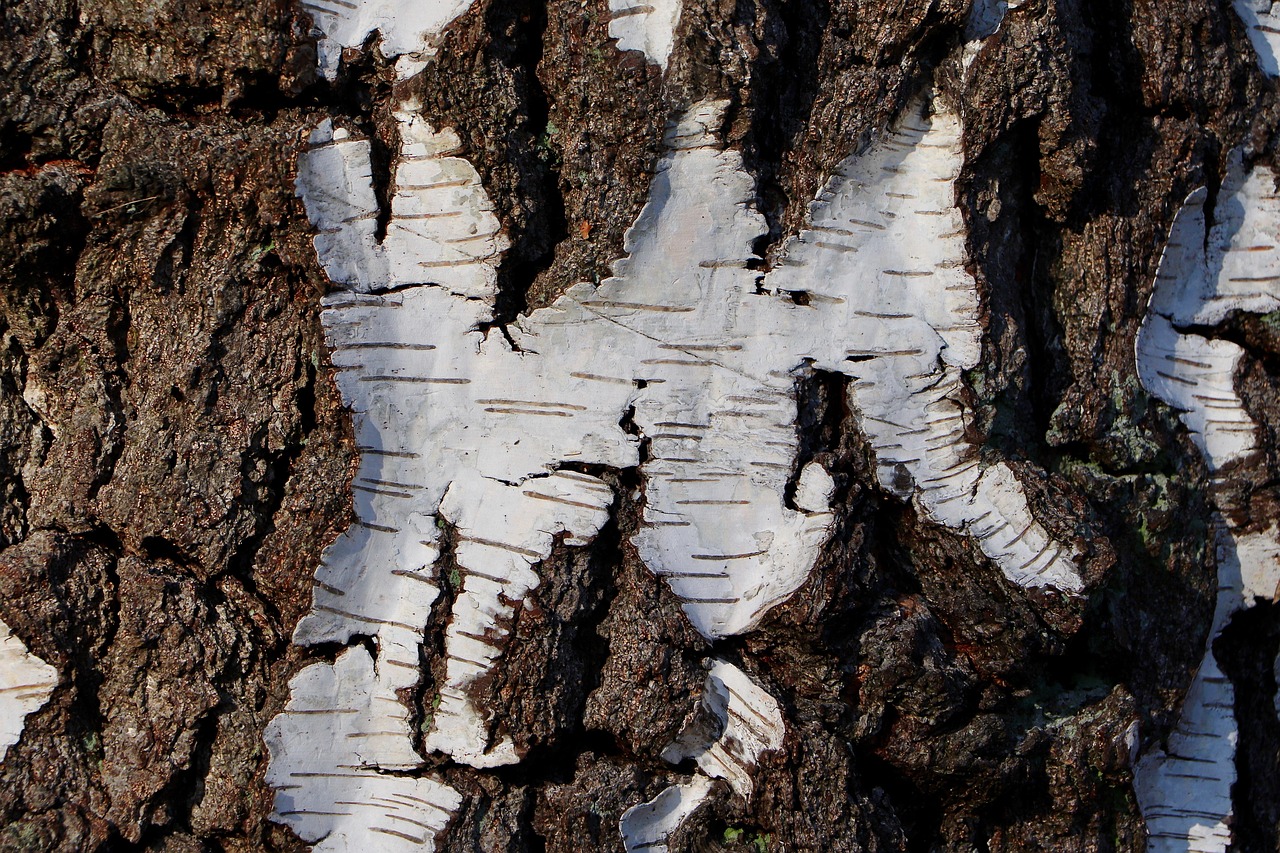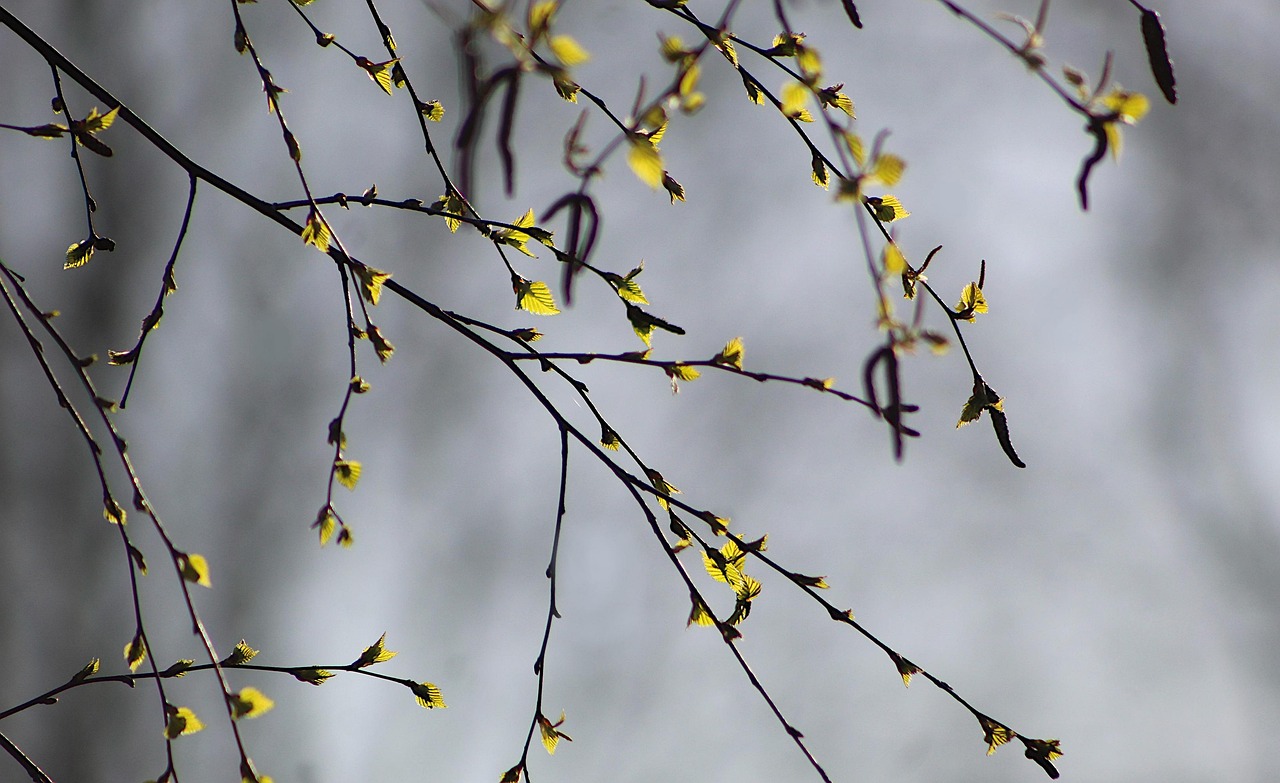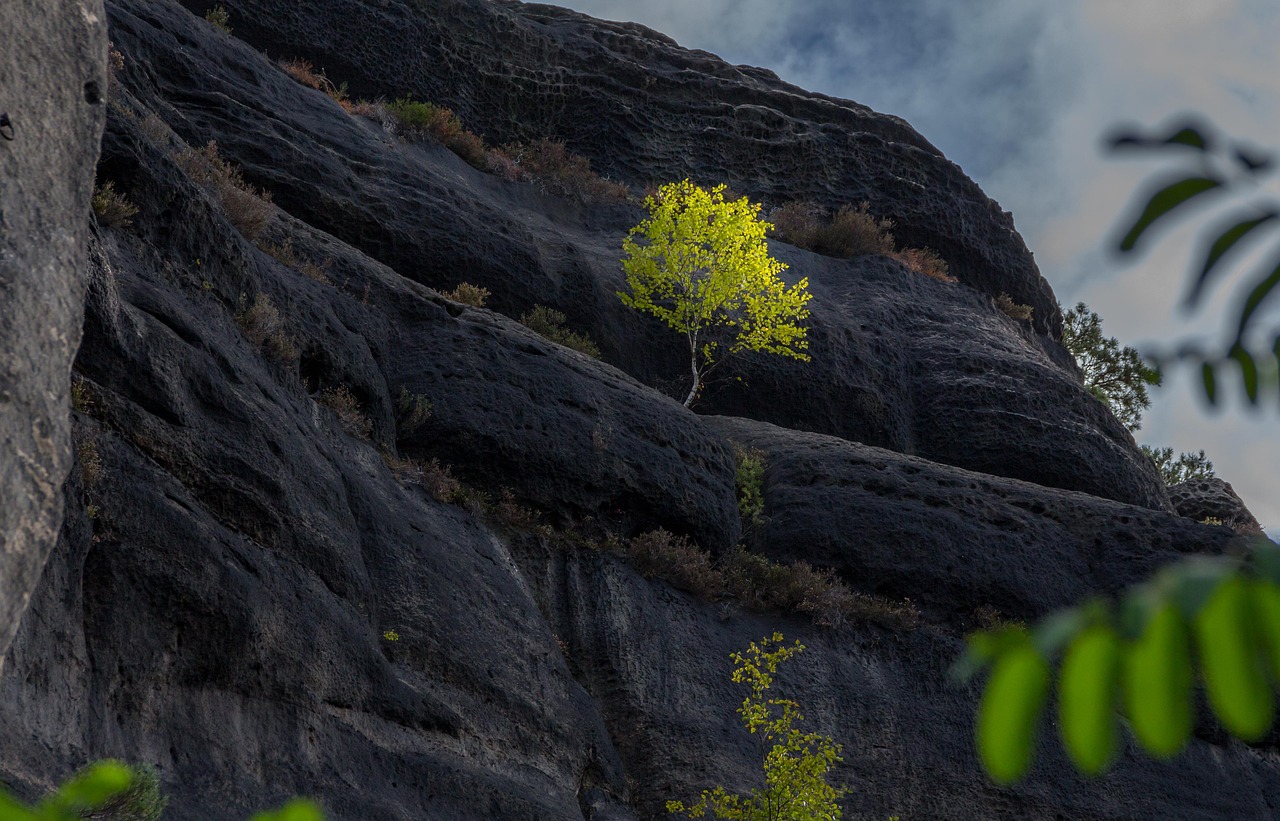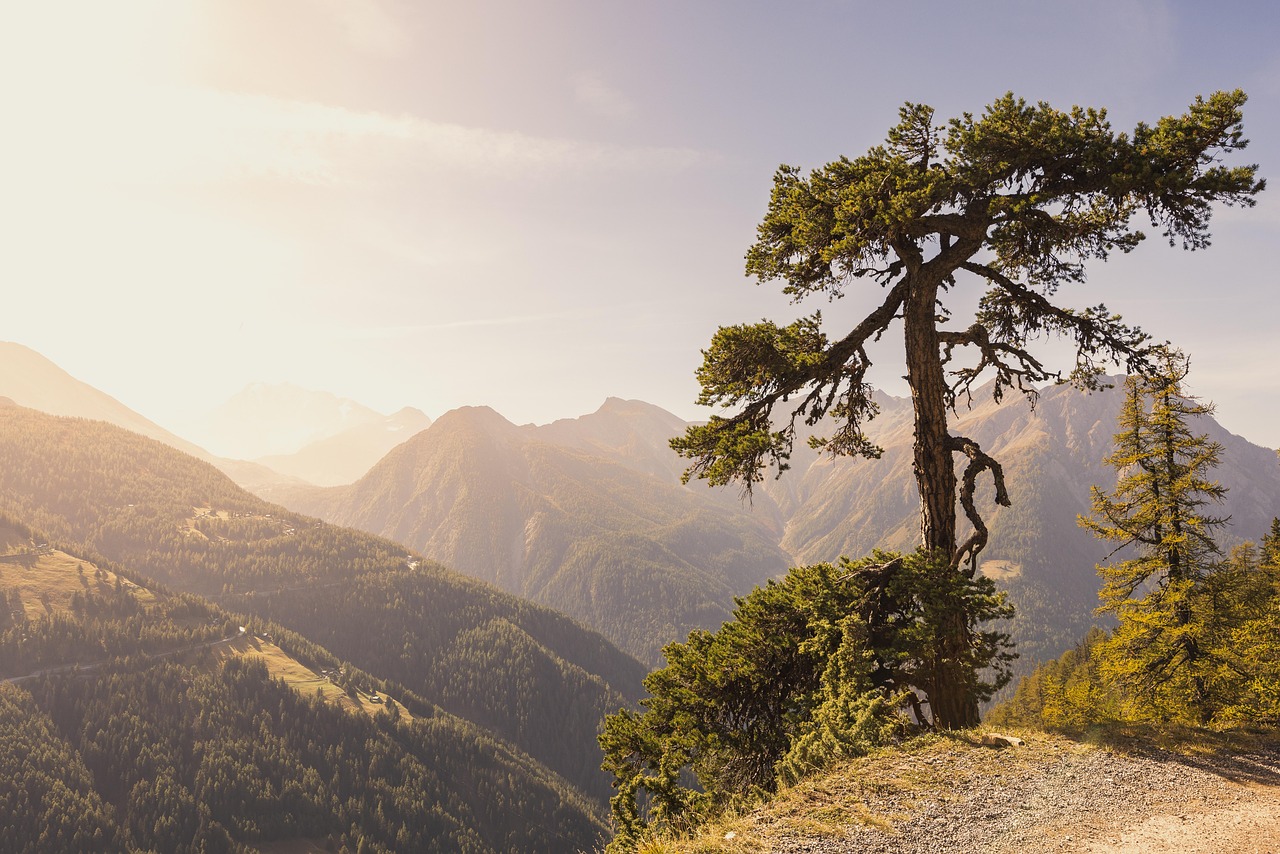River Birch trees grow at a moderate to fast rate, typically reaching heights of 40 to 70 feet in moist garden spots. Under ideal conditions, they can grow 2 to 3 feet per year, making them a popular choice for landscaping.
Introduction to River Birch Trees
The River Birch (Betula nigra) is a native tree species that thrives in wetland areas throughout the eastern United States. Known for its attractive, peeling bark and graceful form, this tree provides both aesthetic and environmental benefits. Its adaptability to different soil types makes it a favored choice among gardeners and landscapers.

One of the key factors influencing the growth rate of River Birch trees is their moisture requirements. These trees prefer moist soils but can tolerate periods of drought once established. This resilience makes them suitable for various garden spots, particularly those that experience standing water or heavy rainfall.
Factors Influencing Growth Rate
Several factors contribute to the growth rate of River Birch trees in moist garden spots. Understanding these factors can help gardeners cultivate healthier trees.
- Soil Type: River Birch thrives in loamy or sandy soils rich in organic matter. Poor drainage can inhibit growth, while well-aerated soil promotes root health.
- Water Availability: Consistent moisture is essential for optimal growth. However, excessive waterlogged conditions can lead to root rot.
- Sunlight: These trees prefer full sun to partial shade. Direct sunlight encourages vigorous growth, while too much shade can slow their development.
- Fertilization: Regular feeding with a balanced fertilizer can support growth, especially in nutrient-deficient soils.
Growth Characteristics
River Birch trees are characterized by their rapid vertical growth and spreading branches. They typically develop a broad crown that provides ample shade. The following table outlines some key growth characteristics:

| Characteristic | Description |
|---|---|
| Height | 40 to 70 feet |
| Spread | 30 to 50 feet |
| Growth Rate | 2 to 3 feet per year |
| Life Span | 30 to 50 years |
The River Birch’s unique bark is not only visually appealing but also serves a functional purpose. The exfoliating bark helps protect the tree from various pests and diseases. In addition, the tree’s roots play a vital role in stabilizing soil, which is beneficial in moist environments that could otherwise be prone to erosion.
Cultivating River Birch Trees in Moist Areas
If you’re considering planting River Birch trees in a moist garden spot, here are some important tips to ensure their successful growth:
- Selecting the Right Location: Choose a spot that receives plenty of sunlight while providing access to moisture. Avoid areas with poor drainage.
- Soil Preparation: Amend the soil with organic matter to enhance drainage and nutrient content. It’s crucial for supporting healthy root systems.
- Watering Practices: While River Birch prefers moist conditions, avoid overwatering during prolonged wet spells. Monitor soil moisture levels regularly.
- Pest Management: Be vigilant for common pests like aphids and borers. Regular inspections can help catch issues early.
The River Birch tree is not only a beautiful addition to any garden but also plays an important role in the ecosystem by providing habitat for wildlife and helping improve soil quality. Understanding its growth habits and needs will lead to a thriving landscape feature that can be enjoyed for years to come.

Environmental Benefits of River Birch Trees
River Birch trees offer numerous environmental benefits, making them an excellent choice for planting in moist areas. Their ability to thrive in wet conditions allows them to contribute positively to the surrounding ecosystem.
These trees play a vital role in water management and soil health. They help absorb excess rainwater, reducing the risk of flooding in low-lying areas. Additionally, their extensive root systems improve soil structure, promoting better drainage and preventing erosion.
Wildlife Habitat
River Birch trees provide essential habitat and food sources for various wildlife species. Birds, insects, and small mammals are drawn to these trees for shelter and sustenance. Some key wildlife interactions include:

- Birds: Many bird species, including woodpeckers, chickadees, and warblers, use River Birch for nesting and foraging.
- Insects: The tree’s flowers attract pollinators like bees and butterflies, which are crucial for maintaining biodiversity.
- Mammals: Small mammals such as squirrels and rabbits often seek refuge among the tree’s branches and foliage.
Improving Soil Quality
The presence of River Birch trees can significantly enhance soil quality in garden spots. Here are some ways they contribute:
- Nutrient Cycling: As leaves fall and decompose, they return nutrients to the soil, enriching it for other plants.
- Organic Matter: The tree’s root systems contribute organic matter that improves soil structure and fertility.
- Mycorrhizal Associations: River Birch often forms beneficial relationships with fungi in the soil, enhancing nutrient uptake for both the tree and surrounding plants.
Common Pests and Diseases
While River Birch trees are relatively hardy, they can be susceptible to certain pests and diseases. Awareness of these issues is essential for maintaining healthy trees.
Pests
Some common pests that affect River Birch include:
- Aphids: These small insects can cluster on new growth, leading to leaf curling and stunted growth.
- Birch Leaf Miner: This pest tunnels through leaves, causing unsightly damage and reducing photosynthesis.
- Bronze Birch Borer: A significant threat, this insect can weaken trees and lead to decline if not managed.
Diseases
Diseases can also impact River Birch trees. Some notable ones are:
- Birch Canker: This fungal infection creates lesions on bark, which can girdle branches and cause dieback.
- Leaf Spot: Various fungi cause leaf spots that can lead to premature leaf drop.
- Root Rot: Overly saturated soil can lead to root rot, which compromises the tree’s health and stability.
Caring for River Birch Trees
Caring for River Birch involves regular maintenance practices that help ensure their longevity and vigor. Below are some essential care tips:
- Pruning: Regular pruning helps maintain a healthy shape and removes dead or diseased branches. Late winter or early spring is the best time for this task.
- Watering: Newly planted River Birch trees require consistent watering until established. Once established, they may need supplemental watering during dry spells.
- Fertilizing: Use a balanced fertilizer in early spring to promote healthy growth. Avoid over-fertilization, as it can lead to excessive foliage at the expense of root development.
Mulching
Applying mulch around the base of River Birch trees is beneficial for several reasons:
- Moisture Retention: Mulch helps retain soil moisture, reducing the need for frequent watering.
- Weed Control: A layer of mulch suppresses weed growth, minimizing competition for nutrients.
- Temperature Regulation: It moderates soil temperature, protecting roots from extreme heat or cold.
Caring for River Birch trees properly will enhance their growth rate and ensure they thrive in moist garden spots. By understanding their needs, you can create a vibrant landscape that benefits both you and the environment.
Landscape Design Considerations with River Birch Trees
When incorporating River Birch trees into your landscape, understanding their growth habits and aesthetic qualities can enhance the overall design. These trees not only provide visual appeal but also serve functional purposes in garden layouts.
Design Aesthetics
The unique characteristics of River Birch trees make them an attractive option for various landscape styles. Here are some design considerations:
- Focal Points: The striking, peeling bark and graceful form of River Birch can serve as a stunning focal point in gardens. They look especially appealing in clusters or as standalone specimens.
- Seasonal Interest: River Birch trees provide seasonal color changes. In spring, they produce delicate catkins, while their vibrant foliage turns golden-yellow in the fall, offering year-round interest.
- Texture Contrast: The fine-textured leaves and bark can contrast beautifully with coarser plants and hardscapes, creating a more dynamic landscape.
Planting Arrangements
Choosing the right planting arrangements is crucial to maximizing the benefits of River Birch trees. Here are some effective strategies:
- Group Planting: Planting multiple River Birch trees together can create a natural woodland effect. This arrangement also enhances their moisture retention capabilities.
- Mixed Gardens: Combine River Birch with other native plants that thrive in moist conditions. This promotes biodiversity and provides habitat for local wildlife.
- Buffer Zones: Use River Birch trees to create buffer zones near water features or low-lying areas. Their roots help stabilize soil and reduce erosion.
Best Companion Plants
Selecting companion plants that thrive alongside River Birch can enhance both aesthetic appeal and ecosystem health. Here are some suitable options:
- Astilbe: This perennial plant loves moisture and provides colorful blooms, making it an excellent companion for River Birch.
- Ferns: Many fern species thrive in the shade created by River Birch, adding lush greenery to the landscape.
- Hostas: Known for their attractive foliage, hostas thrive in similar conditions and can flourish under the canopy of River Birch.
- Swamp Milkweed: This native plant attracts pollinators and thrives in moist soils, complementing the ecosystem created by River Birch.
Potential Challenges in Landscape Design
While River Birch trees offer many benefits, there are some challenges to consider when incorporating them into your landscape design:
Root System Considerations
The root systems of River Birch can be extensive and aggressive. It is essential to account for their growth when planning your garden layout:
- Avoid Nearby Structures: Plant River Birch at least 10 to 15 feet away from foundations, sidewalks, or driveways to prevent potential damage.
- Manage Competing Plants: Ensure that companion plants are not competing for resources with the River Birch, particularly during the establishment phase.
Water Management
Given their preference for moist environments, managing water levels is vital for River Birch health:
- Avoid Waterlogging: While they enjoy moisture, ensure that planting sites do not become waterlogged, as this can lead to root rot.
- Irrigation Systems: Consider installing an irrigation system that allows for controlled watering during dry spells without oversaturating the soil.
Pest and Disease Management in Landscapes
In landscaping situations, maintaining healthy River Birch trees involves proactive pest and disease management. Here are some strategies:
- Regular Inspections: Conduct routine checks for signs of pests or diseases. Early detection is key to effective management.
- Natural Predators: Encourage beneficial insects like ladybugs to control aphid populations naturally.
- Pesticide Use: If necessary, select environmentally friendly pesticides and apply them according to manufacturer guidelines to minimize impact on beneficial organisms.
By thoughtfully integrating River Birch trees into your landscape design, you can create a vibrant and dynamic environment while addressing potential challenges effectively. Understanding their needs and characteristics allows for a successful planting strategy that enhances both aesthetics and ecological health.
Long-Term Maintenance of River Birch Trees
Maintaining River Birch trees over the long term requires consistent care and attention. While these trees are hardy, certain practices will enhance their growth rate and overall health. Here are some additional maintenance tips to consider:
Seasonal Care
Seasonal changes bring different challenges and opportunities for River Birch trees. Tailoring care according to the seasons can significantly improve their health.
- Spring: This is the ideal time for pruning to remove any dead or damaged branches. Fertilizing during this season helps support new growth.
- Summer: Monitor soil moisture closely during hot months. If rainfall is scarce, provide supplemental watering to keep the soil consistently moist.
- Fall: After leaf drop, rake away fallen leaves to prevent disease buildup. This is also a good time to apply mulch to protect roots during the winter months.
- Winter: Protect young trees from extreme cold by wrapping them with burlap or using protective barriers against harsh winds.
Monitoring Environmental Conditions
The environment plays a significant role in the growth rate of River Birch trees. Regularly monitoring conditions can help you make timely adjustments. Key considerations include:
- Soil pH: River Birch prefers slightly acidic to neutral soils (pH 5.0 to 7.0). Conduct soil tests and amend as necessary to optimize growth.
- Water Quality: If your garden area is near water sources, test for pollutants that could affect tree health. Clean water promotes better growth and reduces stress.
- Sunlight Exposure: Ensure that River Birch trees receive sufficient sunlight, particularly if planted among larger trees or structures that may cast shade.
Community and Ecological Impact
Planting River Birch trees contributes positively to local ecosystems and communities. Their ability to thrive in moist areas makes them an essential part of wetland restoration efforts. Here are some broader impacts:
- Water Quality Improvement: By stabilizing soil and reducing erosion, River Birch trees help filter pollutants from water runoff, improving water quality in nearby streams and rivers.
- Biodiversity Support: The presence of these trees supports a diverse range of wildlife, from birds to insects, which enhances local biodiversity.
- Cultural Significance: River Birch trees have historical significance for many Native American tribes, who used various parts of the tree for medicinal purposes and crafts.
Final Thoughts
The River Birch tree is an exceptional choice for moist garden spots due to its rapid growth rate, aesthetic appeal, and environmental benefits. With proper care, these trees can thrive for decades, enhancing both your landscape and the local ecosystem. Understanding their specific requirements—such as soil type, water needs, sunlight exposure, and pest management—will ensure that they flourish in your garden.
As you consider integrating River Birch into your landscaping plans, remember the importance of planning for their long-term maintenance and monitoring the environmental conditions that affect their growth. By doing so, you not only create a beautiful space but also contribute positively to your community and the environment.
Whether you are a seasoned gardener or new to planting trees, River Birch offers a rewarding experience. As you nurture these trees, you’ll witness their striking beauty while also enjoying the benefits they bring to your garden and the ecosystem around you.
